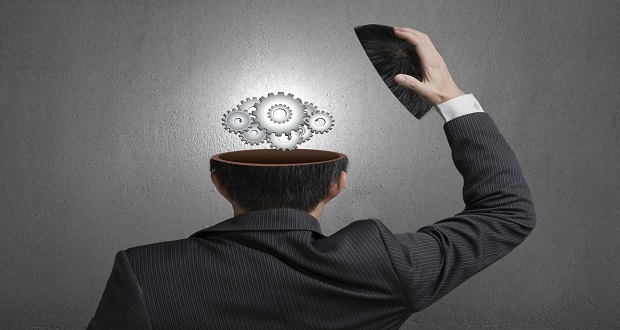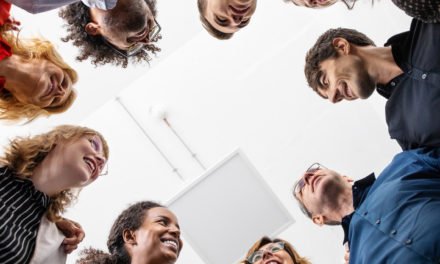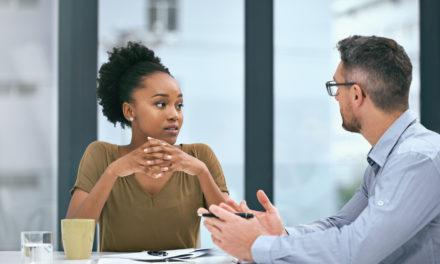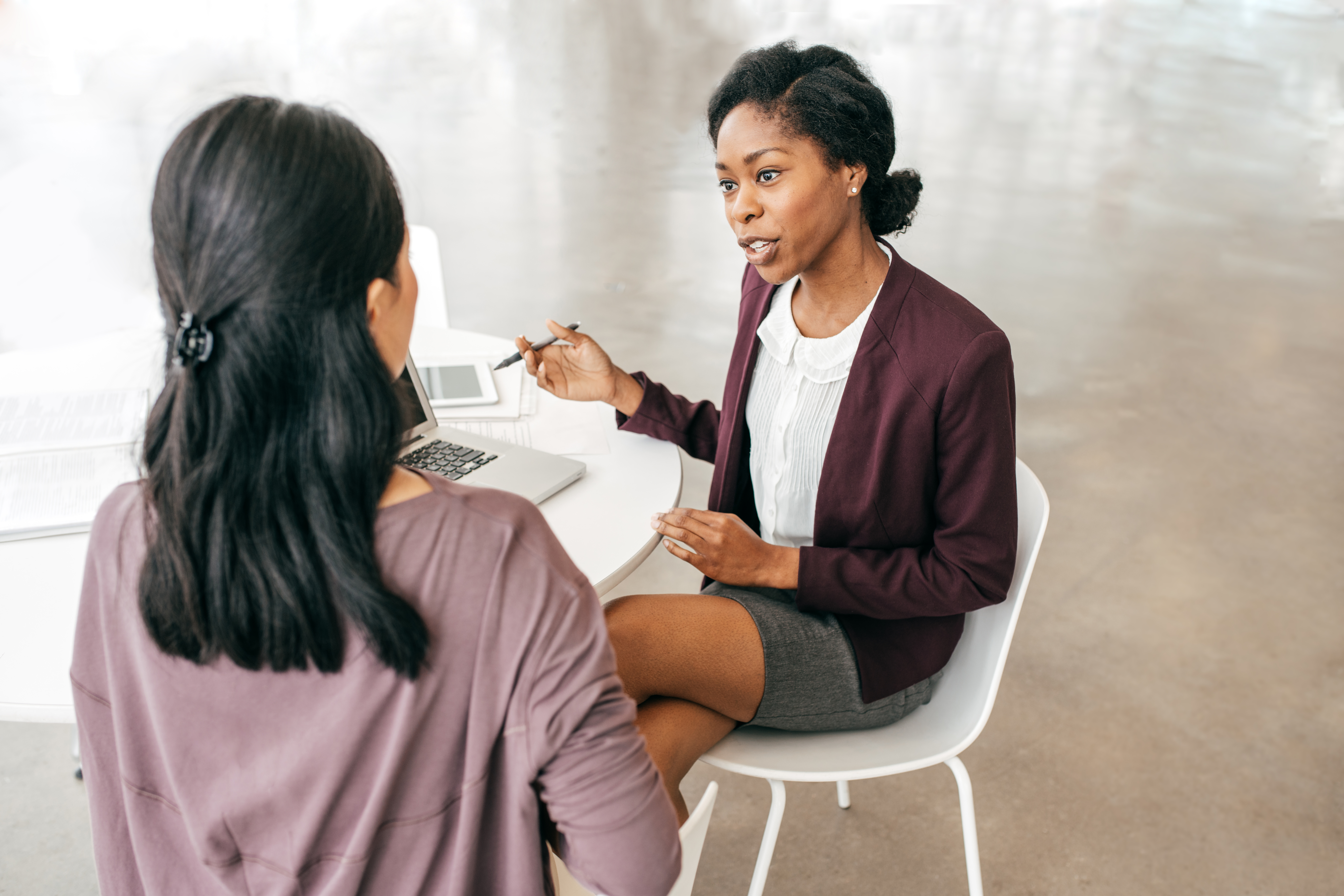
The topic of unconscious bias has taken the diversity field by storm over the past few years. It is estimated that the demand for this type of training will increase by 50% over the next few years.
Social psychology researchers Anthony Greenwald from University of Washington, Brian Nosek of University of Virginia and Mahzarin Banaji from Harvard first introduced the idea of unconscious or implicit bias in an article published in 1998. They posited that our understanding of how implicit and explicit memory works can apply to social constructs as well. They wanted to show that if memories that are not accessible to awareness can influence our actions, associations can also influence our attitudes and behavior.
[dropshadowbox align=”center” effect=”lifted-both” width=”350px” height=”” background_color=”#caefeb” border_width=”1″ border_color=”#dddddd” ]Unconscious Bias: A tendency or preference towards a particular perspective, ideology, or result, which interferes with our ability to be impartial, unprejudiced, or objective, and of which we are unaware. (Derived from wikipedia.org) [/dropshadowbox]
From that research, they developed the Implicit Association Test which is a way to measure biases that one may not be aware of by measuring the strength of automatic associations. A computer-based measure, the IAT asks test takers to rapidly categorize two target concepts with an attribute (e.g. the concepts “male” and “female” with the attribute “logical”), such faster responses are interpreted as more strongly associated biases in memory than are slower pairings.
Dozens of research teams worldwide are using the IAT to explore a wide range of topics, including unconscious stereotyping, nationalism, ageism, anti-fat prejudice, self-esteem, race, and gender, to name just a few.
I think most people who are introduced to the idea of unconscious bias believe that we all have it. Unconscious bias does not make us bad people, racist or sexist or homophobic. It means that our past experiences, which are often buried deep in our subconscious or unconscious, do influence our perceptions, attitudes and behaviors.
We are making people aware that many of their behaviors are based on deeply buried beliefs that they are not conscious of. So here is where I want to start exploring the idea of what we can do to address them.
In training sessions, invariably this question is asked: “Well Mary-Frances, if I am unaware of my biases, how can I do anything about them?”
Here are five conditions that I feel are necessary to really begin to reduce individual bias.
- Desire: One must want to uncover their unconscious bias. I fear that there is a significant minority who really don’t want to do the work or put in the time and effort that it will take.
- Acceptance: Once we become aware of our biases perhaps from taking several Implicit Association Tests, we need to accept the feedback rather than becoming defensive or denying the validity of the feedback.
- Commitment: To become more aware of all of the hidden biases that we may be carrying will take time and energy to understand how you came to hold that biases. It will not be enough to attend a 4-hour training on unconscious bias. The real work starts after the training. The training can only increase awareness, it will not reverse the biases.
- Introspection: Digging deep into your past, becoming more self-aware of those events or teachings which may have produced the bias is a critical step in the process. This can be a very difficult process because some of what you might bring to memory may be painful. Perhaps someone who you love dearly routinely used racist epithets in your home while you were growing up and while you did not think you carried any of these beliefs, you are uncovering some of the same biases that were not conscious.
- Exposure: Often our biases are based on stereotypes from very little understanding of the group that we are biased against. Learning more about the group, being exposed to data and experiences which counter those beliefs is necessary part of the process.


















